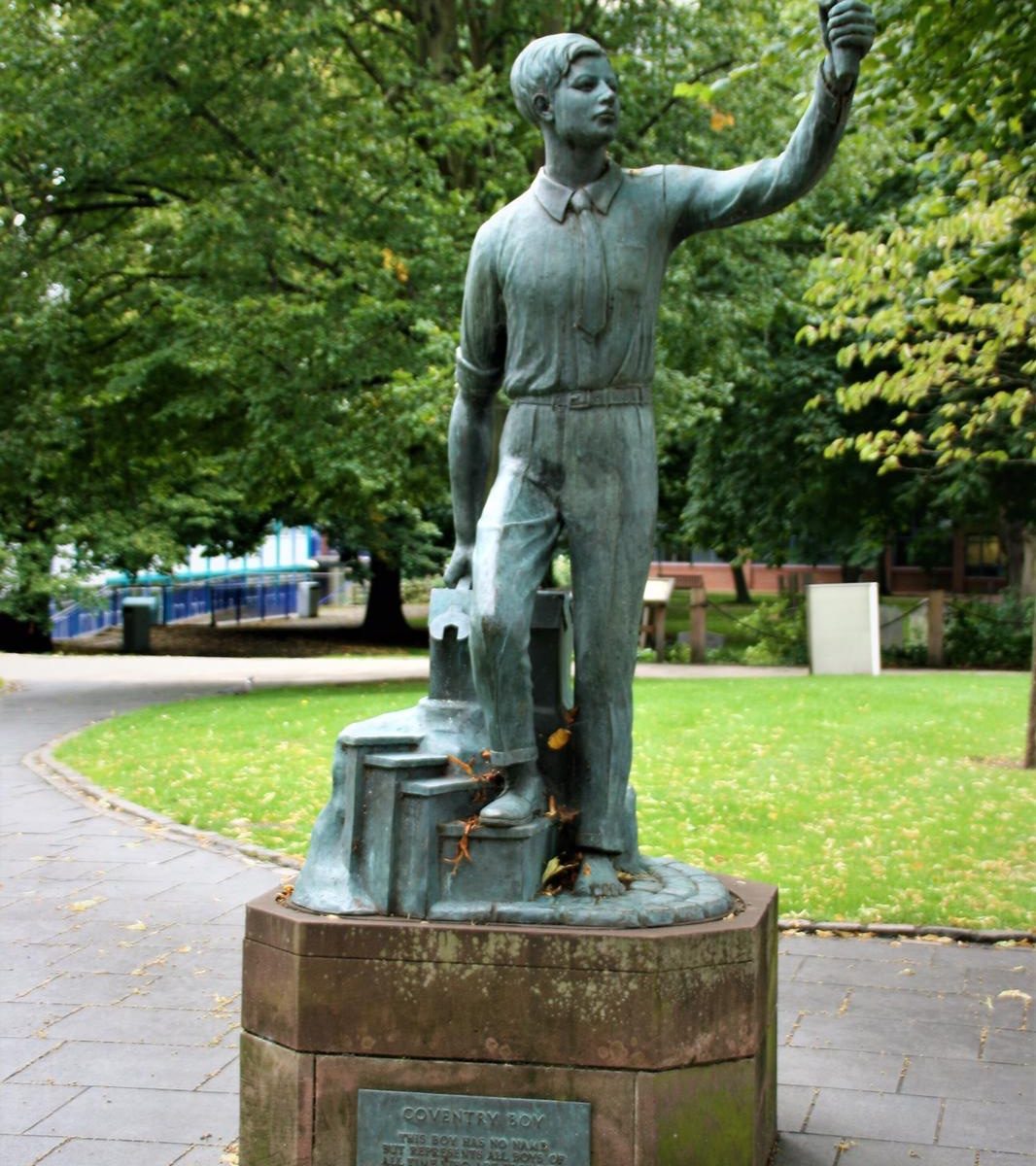The mission is to blog about every city in England. It has gathered pace recently assisted by my work taking me to “Central Coventry”. The title of this blog has been chosen as it is to do with the most central city in England.
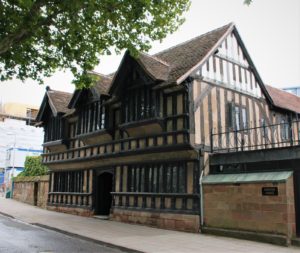
As my meanderings take me around the country to see each city, I’m sure that there will be winners and losers. My views for each place may not be shared by all but here goes as far as Coventry is concerned which I rank down at the bottom of the list of best cities. Perhaps it was depression brought on by the rain bringing a damp end to the finale of another summer or an emotional state brought on by the civil war and battle lines that MPs were drawing up at Parliament. Whatever the cause, Coventry did not do anything to ameliorate the situation and was a major disappointment. Perhaps another visit in more favourable light and with stability in the political world to bring the mind on an even keel may do it justice….
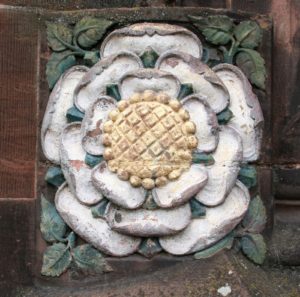
I had been many times before. There is a family friend who lives there, and an educational childhood meant that I had been privileged to see the place from earliest days. Sadly, memories of the city itself do not abound (where is that childhood blog?).

I managed to find some free parking. As an aside, free parking in city centres might make people more inclined to visit. I strolled towards the city centre via an underground pass presumably under the ring road. It was here that the first impressions were made. One never gets a second chance to make a good first impression. Coventry’s first impression made a lasting impact and left me feeling rather uneasy and, for the first time in a while, unsafe. Homeless people were living in the shelter provided by the pathway under the road. Their ‘beds’ were made up and, clearly, there were no facilities. Obviously, there was no bathroom and the stench of urine was pungent. Their contribution to this walkway was to leave needles for, no doubt, drug habits. What a terrible sight. As I discussed with a friend the other day, how did our society let it get to this?!
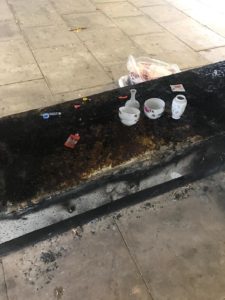
Rapidly leaving what seemed like a crime scene, I followed the signs to the city centre. I noticed a half-battered statue which looked like it had seen better days. This was another proof of the ignorance of our past. I had some strange looks as I tried to get a picture. Further investigation showed the statue to be of James Starley, creator of the bicycle. Coventry became a major bicycle manufacturer which then led to Coventry becoming a major centre in the British motor industry. This led to the formation of a British brand of car, Rover. I can still recall seeing many of these cars on the road when I was younger but as more countries have created their own car brands, so the British ones have almost disappeared, as we now import cars from all over the world. There are still some surviving parts of this legacy; Jaguar has its headquarters in this area and the transport museum shows the motor history associated with the city.
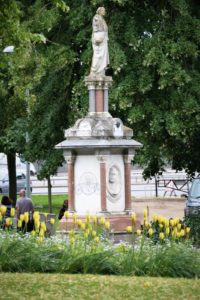
The city centre is now a polar opposite to bygone days with shops selling modern fashion brands, intertwined with coffee shops and abandoned stores. There are people off their heads screaming and shouting about needing a toilet for all the word to see and hear. All round homeless people lie waiting for the generosity of many, yet so few of that many are prepared to give. People are connected like robots, but, alarmingly, with an inability to switch off and see what is all round them. Where did it all go so wrong? What can be done? I was very harsh about Vancouver having this problem, but I also said that this city didn’t stand alone in this world.
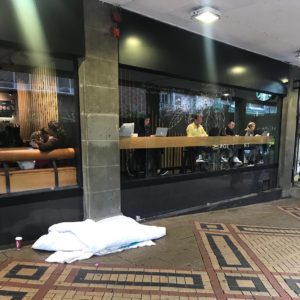
At the heart of the city centre is a statue to Lady Godiva. Legend has it she rode through the city naked, only covered by her long hair to stand up against the taxes her husband placed on the city. The event took place circa 1066-1086, and the statue is there to remind the interested visitor the history behind the city. Although history is perhaps a big game of Chinese whispers, the legend has been remembered to this day. Leaving this statue you are immediately drawn to the dominating features of this city, the last remains of part what was once England’s finest medieval city. Hitler and the Nazi air raids led to the “Coventry blitz” or “operation moonlight sonata” and this onslaught put paid to the major part of Coventry’s past as the blitz was one of the most destructive of its kind. Coventry’s central location and supplier of many things required for the war meant it was a prime target. The devastation caused is particularly shown by the old cathedral the remains of which still stand. Sadly, a lot of the damages caused were beyond repair and a new city needed to be rebuilt.
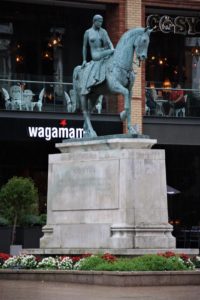
Perhaps the best way to describe the old cathedral is walls but no roof. It is as if the roof has been blown off with the outside wall structure being defiant. Perhaps this has been left as a reminder of not just the human life that was lost in the war, but the devastation of lands. The city decided that instead of rebuilding the cathedral it would build a new one next to it. A step inside this soulless modern monstrosity confirmed my opinion that we really must appreciate those incredible cathedrals that have survived time, and carve such an identity on our cityscapes.
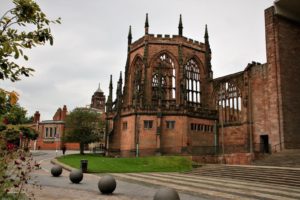
Located around the edges of the cathedral lie the 14th century guild hall and Holy Trinity church. Both buildings are excellent displays of ancient architecture. I would appeal to anyone to visit both, not just for a civic ceremony but to witness such architecture.
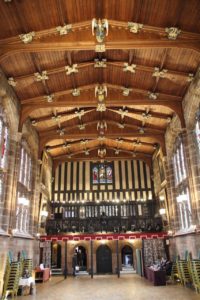
So it is with slight sadness in my heart, that Coventry didn’t steal it, but instead left me questioning the state of the world in which we live.
Coventry, England, United Kingdom

